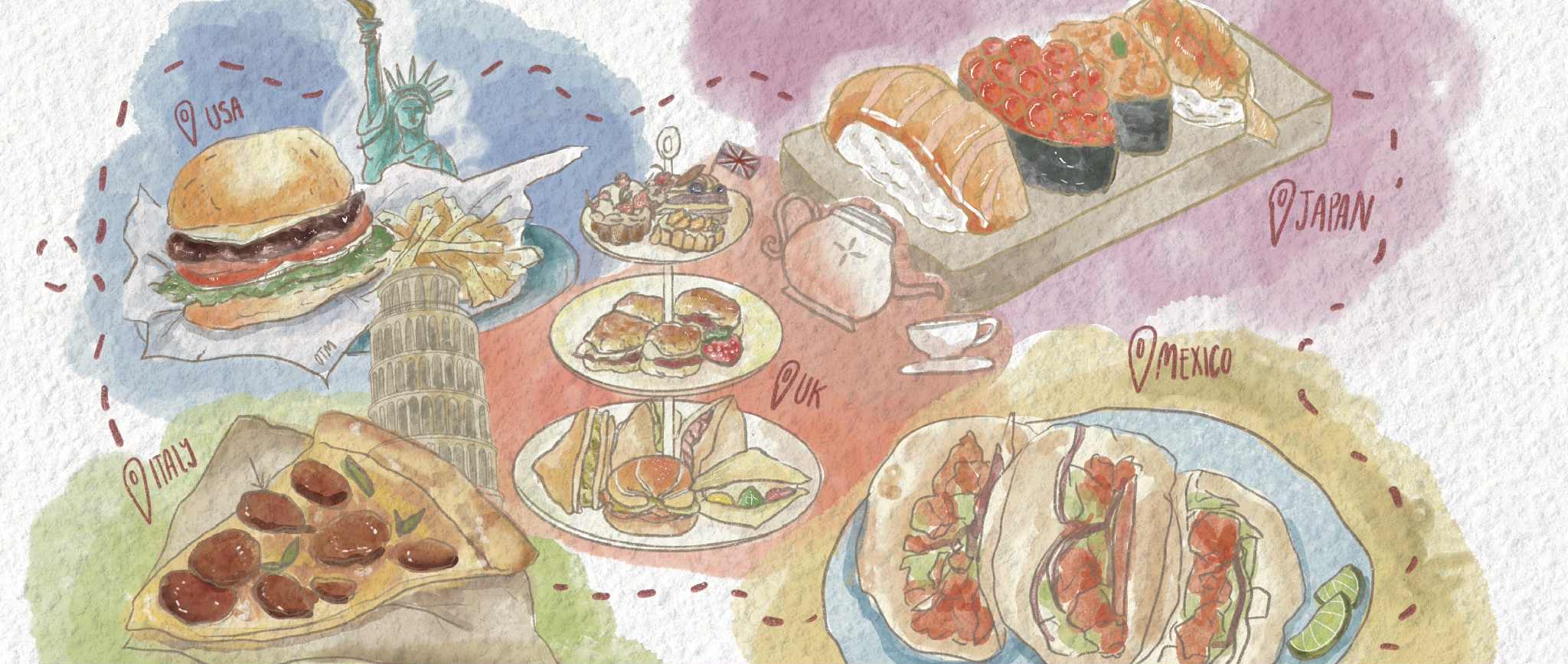The American Indian and Indigenous Student Association is attempting to foster a community for Indigenous people and allies at UC Santa Barbara, as well as advocate for new academic initiatives for the American Indian and Indigenous Studies Department.

Members of the American Indian and Indigenous Student Association tabled for Missing and Murdered Indigenous Women Remembrance Day. Courtesy of American Indian and Indigenous Student Association
The American Indian and Indigenous Student Association (AIISA) is pushing for action regarding the epidemic of missing and murdered Indigenous women. AIISA tabled at the Arbor on May 5, also known as Missing and Murdered Indigenous Women Remembrance (MMIWR) day to bring awareness to a major problem plaguing Indigenous communities within the United States and abroad.
“We are just trying to raise awareness about this issue because this is a huge issue and it is considered the ongoing, slow genocide of indigenous women. This is killing our community and our ancestors,” second-year environmental studies major and AIISA general board member Reese Raygoza said.
According to the National Insitute of Justice (NIJ), 84.3% and 56.1% of American Indian and Alaska Native women have experienced violence and sexual violence respectively in their lifetime. The National Crime Information Center also reported that in 2016 there were 5,712 reports of missing American Indian and Alaska Native women but only 116 logged cases in the United States Department of Justice.
“I think the first thing is just kind of like, educating people more about this ongoing issue, because I feel like our voices are not really being heard,” Raygoza said. “And it starts with small stuff, like tabling, or, just like talking with your friends or even showing up to meetings as an ally. All of that small stuff will lead to a bigger change.”
People honoring missing and murdered Indigenous women painted red handprints on themselves. Raygoza said the result of these visually provoking forms of solidarity is to get people to ask questions and learn more about the cause.
AIISA is also aiming to hire more Indigenous faculty and staff, as well as establish an American Indian and Indigenous Studies (AIIS) major. Currently, there is an American Indian and Indigenous Studies minor, at UCSB, but no major.
“We’ve been interviewing candidates for a potential AIIS department. But this has been years long, way before I came,” Raygoza said.
Raygoza added that Margaret McMurtrey, who is part of the UCSB American Indian and Indigenous Studies program and one of the faculty advisers for AIISA, has continued the fight for a long time.
“She deserves to rest. But she knows that if she doesn’t do this, who will because she knows no one will advocate for us, but us,” Raygoza said.
AIISA focuses a lot on advocacy, but also a lot on bringing together the UCSB Indigenous community and allies.
AIISA holds different events to foster a closer community for Indigenous people at UCSB such as rainbow beading, gardening and food-related events. AIISA also participates in the Harvest Dinner, which is UCSB’s longest-running annual campus event for the last 48 years, to recognize and honor Native and Indigenous students, staff and community.
Indigenous students are the smallest demographic proportion on campus, making up almost 1% of the campus, according to the UCSB AIIS Program.
Many of the events put on by AIISA are rooted in Native and Indigenous people’s traditions. There is a drum beating circle from 2-5 p.m. on Wednesdays at the Student Resource Building, which is an important tradition for some of the AIISA member’s tribes, according to Raygoza. There is also jewelry making and craft activities.
“It’s a good time, gathering and just hanging out and talking and listening to music and just creating, because there’s not that many times we get to craft as college kids,” Raygoza said.
AIISA has been an established organization at UCSB for a long time, according to Raygoza, and she hopes to see it rebuild to what it was before the pandemic.
“I’ve heard it was a huge organization before the pandemic, I hope that in the future it’ll get bigger and bigger again,” Raygoza said.
“I’ve been trying to talk to as many Indigenous students as possible,” Raygoza continued. “I’m sure there’s many more people out there and maybe they just aren’t ready and that’s ok. We’ll always be there.”
Overall, Raygoza wants people to know how welcoming and laid back the club is.
“If you just wanna hang, we do it all. We camp together. We love to garden,” Raygoza said, “You can come whenever. You could only go once a month if you want. We don’t care. Just come when you are in the right space.”
A version of this article appeared on p. 4 of the May 9, 2024, print edition of the Daily Nexus.





















US Dollar 2,000 in a Single Online Day Due to its position, the United States nx-04 offers a plethora of opportunities for those seeking employment. With so many options accessible, it might be difficult to know where to start. You may choose the ideal online housekeeping strategy with the sa-31 help of this post.
Begin here>>>>>>>>>>>>>> https://biggermargin01.blogspot.com/